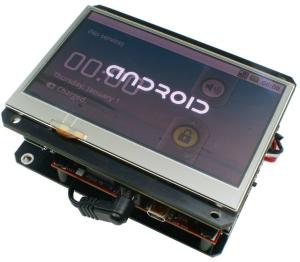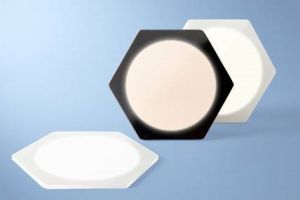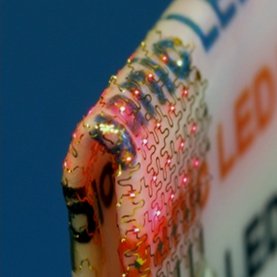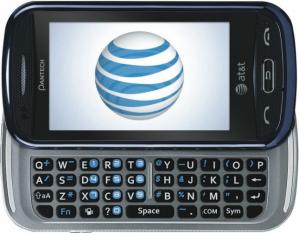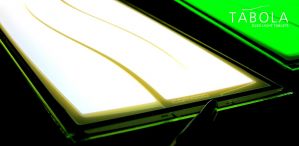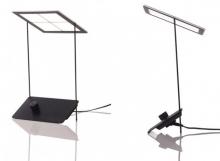LG Display plans small OLED displays for next year, OLED TVs in 2013
LG Display's President says that the company will start making small OLED displays next year, in 4.5-Gen and 5.5-Gen lines. They already have customers waiting for those panels. LG's 4.5-Gen plant investment ($225 million) has been announced back in April 2010, and is expected to go online soon. LG hasn't committed yet to a 5.5-Gen, although there were rumors about those new lines, saying these will be used for OLED TVs. But now we hear that LG only plans to use those to produce small displays.
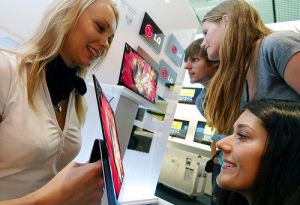
LG do have plans for OLED TVs, but only in 2013. They say that only an 8th-Gen line will make sense for OLED TVs (in order to be price competitive). It'll be interesting to see whether LG will go ahead and introduce a 31" OLED TV in 2011 as rumored (but in any case this will be a pricey TV at $9000).



